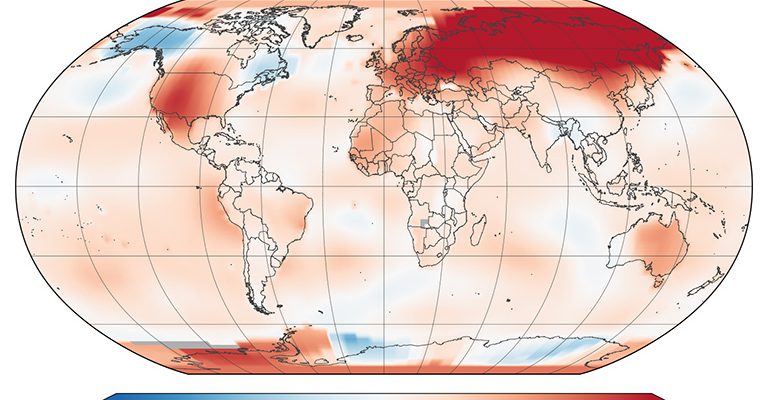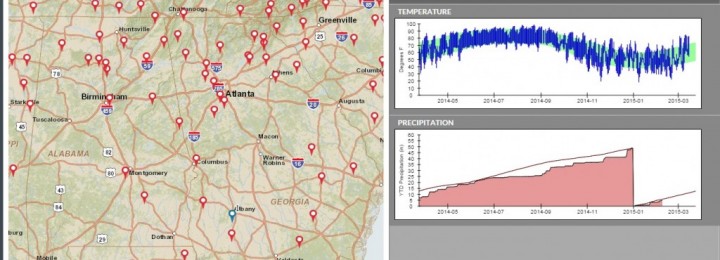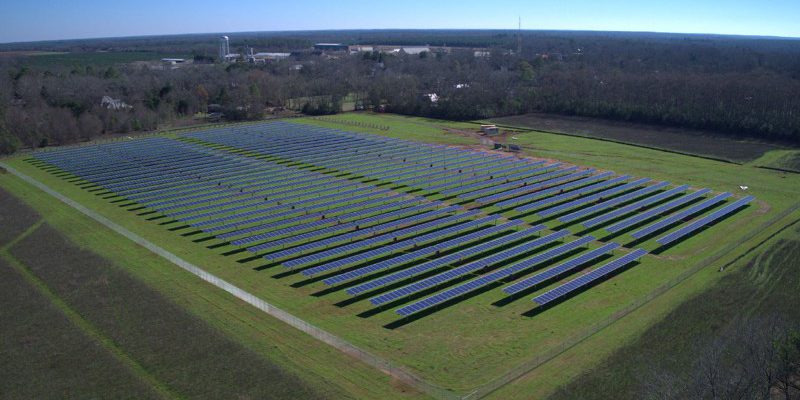-

The latest monthly global summary from NASA came out today. It shows that March 2017 was the second warmest on record after last year’s blistering March heat. According to the story, “March 2016 was the hottest on record, at 1.27 degrees Celsius warmer than the March mean temperature. March 2017’s temperature was 0.15 degrees Celsius…
-

AL.com has a story this week about the likelihood of Alabama and other areas of the Southeast experiencing a very bad year for ticks. This is due to the mild winter that the region has experienced this year. In the article they noted that “The warm, wet winter and spring have created conditions for dense…
Posted in: Climate and Ag in the news -

The climate of the future is still uncertain, in no small part due to uncertainties in how humans will behave with respect to emissions of carbon dioxide, changes in land use over time, and big questions about how the ocean will respond to changes in atmospheric composition and weather patterns. But if you like to…
-

The Flagpole weekly newspaper in Athens GA had an interesting story last week about how the swings in weather in recent weeks (the mid-March frost preceded by and followed by above-normal temperatures) has affected small farmers in northeast Georgia. Some farmers that provide vegetables for local farmers markets noted that the warm weather early in…
-

I will be celebrating Easter with my family tomorrow so no blog post until Monday. Hope you have a wonderful weekend with family and friends!
Posted in: Events -

According to a February article in the Atlanta Business Chronicle, Georgia is the third fastest solar-power producer in the US. Georgia solar jobs grew by 23% over 2015. In addition to the solar panels you might put on your house, however, Yale Environment 360 says that large-scale solar power production is growing across the country in https://e360.yale.edu/features/northern-lights-utility-scale-solar-power-spreading-across-the-us,…
-

During the Dust Bowl era, there were a number of storms that made history for the size and length of the storm and the amount of soil they moved. Chief among those is the Black Sunday dust storm of 1935, which was, by some accounts, 1000 miles long. You can read about this storm in…
Posted in: History